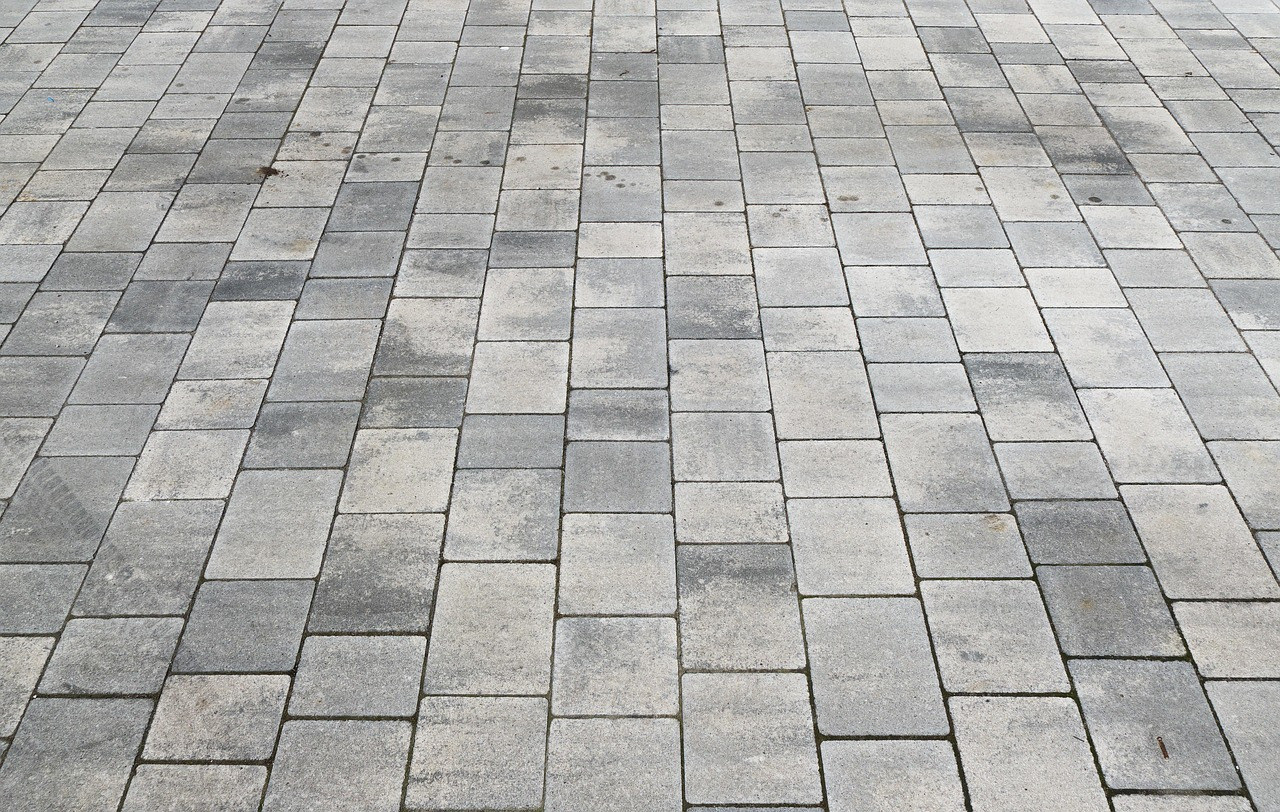Planning Your Patio Project
Before lifting a single tool, proper planning will save you countless headaches. Measure your intended area carefully and sketch your design on paper. Consider the patio's purpose - will it hold heavy furniture or a BBQ? This affects your material choices and base depth requirements. Selecting quality outdoor paving slabs for your patio is crucial for achieving a professional finish that will stand the test of time.
When selecting your paving materials, consider not just aesthetics but practicality. Natural stone offers unique character but varies in thickness, while concrete pavers provide uniformity and often cost less. Your choice of paving material should complement both your home's architectural style and withstand your local climate conditions.
Don't forget to check if you need planning permission - particularly if your patio will significantly alter drainage patterns or if you live in a conservation area.
Essential Tools and Materials
Gathering the right equipment before starting makes the job flow smoothly. You'll need:
- String lines and stakes for marking out
- Spade and shovel
- Wheelbarrow
- Rubber mallet
- Spirit level (a longer one, at least 1m)
- Tape measure
- Weed membrane
- Sub-base material (MOT Type 1 or similar)
- Sharp sand
- Cement
- Paving slabs
- Pointing material
- Plate compactor (can be rented)
For materials like aggregates and sand, ordering a bulk bag delivery can be more economical than multiple small bags, especially for patios larger than 20m². The quality of your tools can make a significant difference to both the process and the finished result, while having sufficient quantities of materials delivered in bulk bags prevents frustrating mid-project supply runs.
Investing in or renting professional-grade equipment will save time and frustration, particularly when it comes to achieving proper compaction and leveling. Most suppliers can deliver a bulk bag of materials directly to your driveway, making the handling of heavy materials much more manageable for DIY enthusiasts.
Ground Preparation - The Foundation of Success
This stage is where most DIY patio projects succeed or fail. Begin by marking out your area with stakes and string. Excavate to a depth of at least 150mm (6 inches) for pedestrian use, or deeper for driveways.
The excavated area should slope slightly away from your house - aim for a gradient of approximately 1:60 to ensure proper drainage. This means a drop of about 1cm for every 60cm of patio.
After excavation, lay a weed membrane to prevent unwanted growth. Then add your sub-base material in layers of about 50-75mm, compacting each layer thoroughly before adding the next. Proper compaction of each layer is absolutely critical - an inadequately compacted base will lead to sinking and uneven slabs within months of installation.
The finished sub-base should mirror the slight gradient you've planned for drainage while remaining as level as possible across its width.
Creating the Perfect Mortar Bed
Once your sub-base is properly prepared, it's time to create the mortar bed that will hold your slabs. Mix 4 parts sharp sand to 1 part cement, adding just enough water to create a workable mix that holds together when squeezed but doesn't drip water.
Work in manageable sections rather than mixing large amounts that might dry out. Lay a bed of mortar about 40-50mm thick, slightly larger than your first slab. Use a trowel to create a consistent thickness.
Some professionals add a slurry primer (cement and water mix) to the back of each slab before placing it, which helps create a stronger bond. The mortar bed technique you choose significantly impacts the longevity of your patio - cutting corners here will inevitably lead to loose or rocking slabs later.
Laying Techniques for Perfect Placement (continued)
For cutting slabs, a diamond blade cutter will give the cleanest results, though an angle grinder can work for simpler cuts. Always wear appropriate safety gear including eye protection and a dust mask. The precision of your cuts around edges and obstacles will significantly impact the professional appearance of your finished patio.
When working around awkward spaces or creating curves, take time to make paper templates first. This reduces waste and ensures a better fit. Remember that rushing this stage often leads to unsightly gaps or poorly fitting slabs that detract from the overall finish.

Jointing and Finishing Touches
After allowing your slabs to set for at least 24-48 hours, it's time to fill the joints. There are several options here: traditional sand and cement mix, polymeric jointing compound, or brush-in dry jointing sand. Each has advantages depending on your climate and patio usage.
For a traditional approach, mix 3 parts building sand to 1 part cement and brush it into the joints, ensuring they're completely filled. Lightly spray with water to activate the cement, being careful not to wash out the mixture. Proper jointing not only enhances the appearance of your patio but also prevents weed growth and protects the edges of your slabs from chipping.
Some DIYers make the mistake of rushing this final stage, but it's worth taking your time. Inadequate jointing can lead to loose slabs and weed problems later.
Once jointing is complete, thoroughly clean your patio surface to remove any residue. A light acid wash may be necessary if cement has stained the surface, but test on an inconspicuous area first.
Troubleshooting Common Issues
Even with careful planning, issues can arise. If you notice a slab rocking after installation, it's best to lift it immediately, add or remove mortar as needed, and reset it. Waiting will only make the problem harder to fix.
Drainage problems might not become apparent until the first heavy rainfall. If puddles form, you may need to lift affected areas and adjust the gradient. This is why it's crucial to check levels constantly during installation.
Understanding how to identify and address problems early can save you from costly repairs or even complete reinstallation down the line.
For patios in areas with freeze-thaw cycles, ensure your base is deep enough and consider using a permeable jointing compound that allows water to drain through rather than collect and freeze.
Maintenance for Longevity
A well-installed patio can last decades with proper maintenance. Regular sweeping prevents dirt buildup that can lead to staining and moss growth. Periodic pressure washing (on a gentle setting) keeps slabs looking fresh, though avoid doing this too frequently as it can erode jointing material.
Reapply sealant every 2-3 years if you've chosen to seal your patio. This protects against stains and enhances the natural colors of your paving.
The effort you invest in regular maintenance will extend the life of your patio significantly and maintain its appearance for years to come.
For natural stone patios, be cautious with chemical cleaners as these can damage the surface. Instead, use specialized stone cleaners or a mild soap solution for routine cleaning.
Installing your own patio paving slabs is a challenging but achievable DIY project that can add significant value to your home. The satisfaction of creating an outdoor space with your own hands is immense, and the money saved on labor costs can be substantial.
Take your time, focus on proper preparation, and don't rush the process. A weekend project this is not – expect to spend at least several days for a medium-sized patio if you want professional results.
With patience and attention to detail, your DIY patio can rival professional installations and provide a beautiful outdoor living space for years to come. The effort you put into each stage of the process will be reflected in the quality and longevity of your finished patio.





